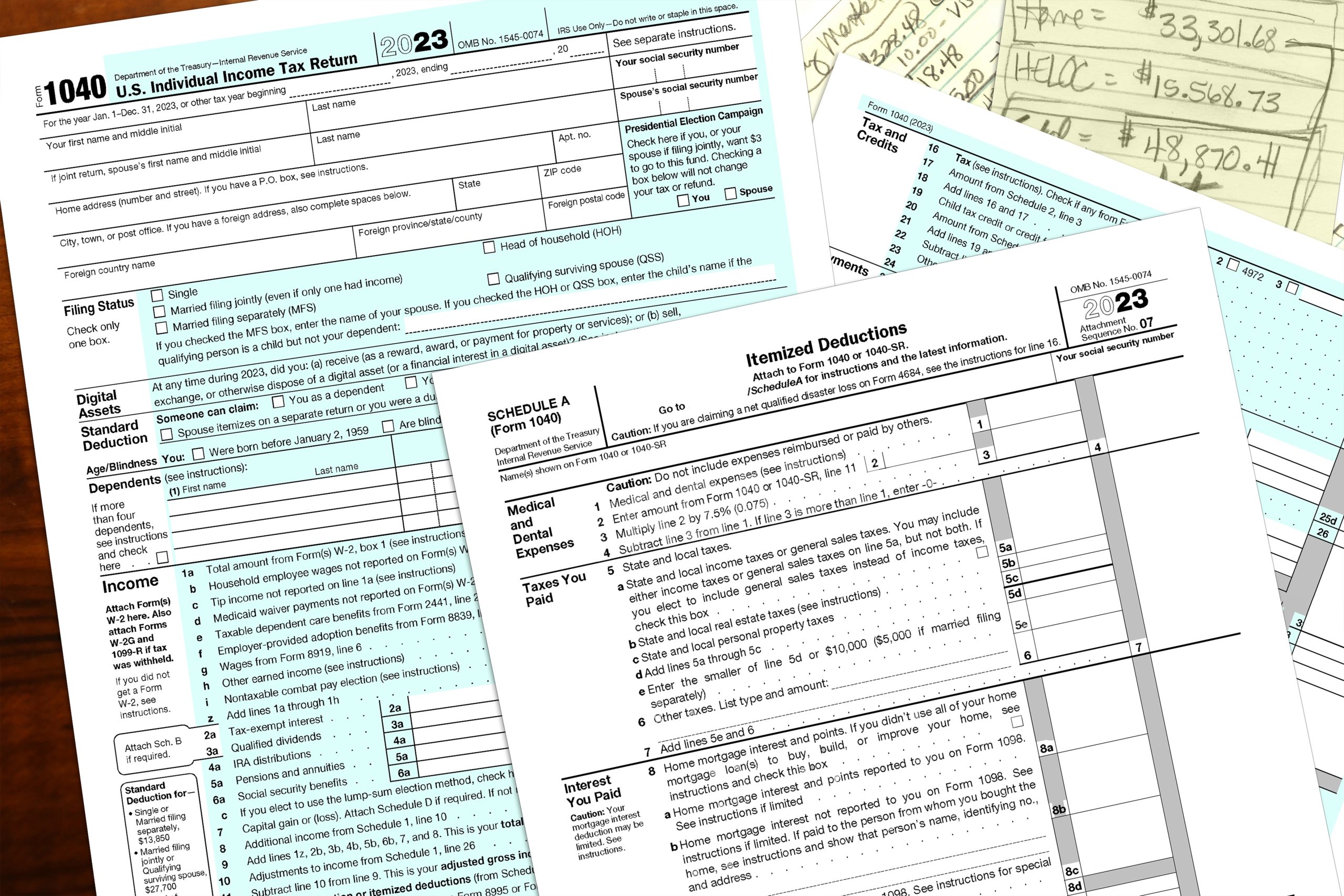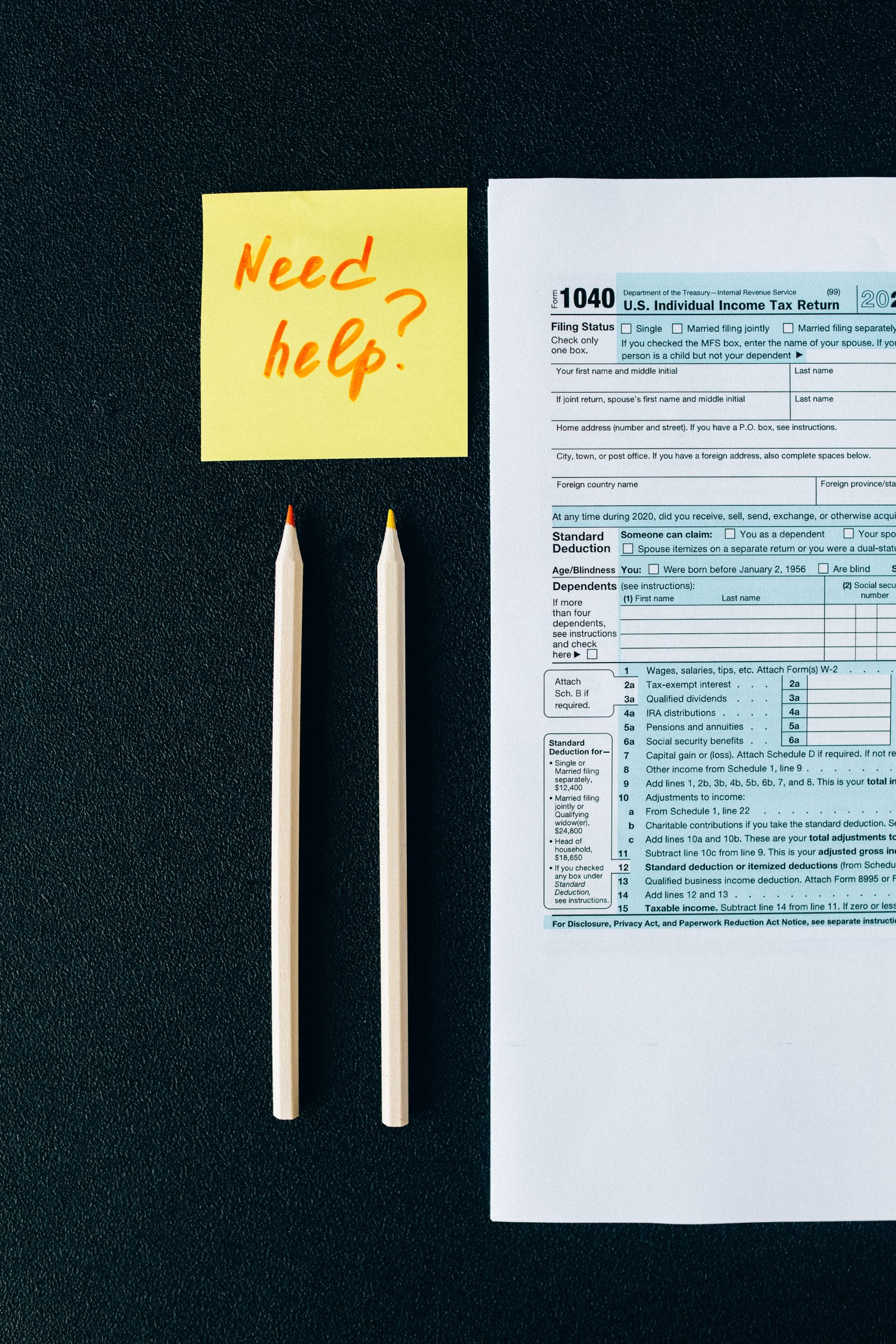As the Holiday season ramps up and January quickly approaches, one of the last things you want to think about is your taxes. However, reviewing your annual taxes before year end is essential, so you still have time to make favorable changes. Here are 6 steps you should consider taking before the end of the year:
- Gather your tax information
- Estimate your taxes
- Optimize your investments
- Utilize tax-advantaged accounts
- Consider donating to a charity
- Consult a professional
The sooner you get started, the more you can potentially save in taxes. Let’s examine how the above steps can help you save money.
Gather Your Tax Information
Depending on your financial situation, you may need to collect several different documents before filing your taxes. To get an accurate estimate of your tax liability, you should gather this information a month or two before the end of the year. This could include:
- Personal Information – social security numbers, last year’s tax returns, bank account numbers, any change of name documents, etc.
- Dependents’ Information – All the same “personal information” for any dependents that you intend to claim.
- Sources of Income – W-2s, 1099s, K-1,s Alimony, records of crypto transactions, gambling winnings, cancellation of debt, etc.
- Self-Employment and Business Records – 1099s you receive as an independent contractor, record of business transactions, home office expenses, assets to be depreciated, miles traveled, other business income, etc.
- Planned Deductions – Medical expenses, real estate taxes, charitable donations, student loan information, contributions to tax-deductible accounts, state and local income taxes, etc.
- Tax Credits – Child care costs, adoption costs, higher education expenses, etc.
- Estimated Tax Payments – Proof of any estimated payments you’ve made federally or to your state.
- Proof of Losses – records of any losses on capital investments.
Looking at last year’s tax return is a great place to start. You should start collecting any documentation you needed to provide last year. However, since your financial situation might have changed, you should consider if any changes you made throughout the year warrant additional information.
Estimate Your Taxes
While it may not be possible to collect your tax information ahead of the end of the year, you should do your best to estimate your taxes due accurately. Getting a picture of what you may owe or potentially receive as a refund can help you make changes before it’s too late.
Some things to consider while estimating your taxes include the following:
- Filing Status – If you are married, filing jointly is almost always better. However, some situations can be more advantageous towards married filing separately, so make sure to consider the pros and cons of both statuses.
- Standard Deduction – Add up your deductions to see if you should take the standard deduction or itemize your deductions. Most people get the biggest benefit from the standard deduction, but you won’t know until you do the math.
Take advantage of a free online tax calculator to help you consider things you may overlook. Better yet, contact one of our tax professionals to help review your filing documents and ensure that you aren’t overlooking anything.
Optimize Your Investments
If you had a great year in the stock market, you might want to look at optimizing your investments by practicing “tax loss harvesting.” This is when you sell your losses to offset some of the gains you made throughout the year.
For example, let’s say you bought stock in Company Y at $5,000 and sold it for $11,000; you would have made a profit of $6,000. However, if you bought stock in Company Z for $5,000 and it’s currently valued at $1,000, you may want to sell that stock for a loss of $4,000. Your total tax liability would then only be $2,000 ($6,000 of profit – $4,000 of losses).
If it was an exceptionally bad year for your investments, you can sell your losses to offset up to $3,000 (for joint filers) of other types of income. In addition, up to $3,000 of investment losses can be carried over to offset future gains.
If you are going to use a tax loss harvesting strategy, you should look to sell the stocks before the end of the year so that they count towards the tax year you want to utilize them in.
Utilize Tax-Advantaged Accounts
If you have an IRA or HSA and have leftover income, you should consider contributing the maximum to each account. This will help offset any tax liabilities for this income and give you access to the funds later down the road.
It’s important to note that contributions to an IRA account can count for a given tax year up to the filing deadline.
Consider Donating to a Charity
If you are planning to itemize your deductions, you may want to consider donating to a verified non-profit. Of course, if you are like 90% of Americans and take the standardized deduction, then this won’t matter. However, it could help if you add up your taxes and have a larger-than-expected bill.
Consult a Professional
If you’ve made it this far, you are already ahead of most taxpayers! However, to ensure that you pay the least amount in taxes possible, you should consult a tax professional.
As a FileSmart member, you get access to several tax-saving resources, including asking a tax professional up to 5 questions a month about your taxes and unlimited access to useful courses! Getting started early will allow you to ask more questions about your return and ensure maximum savings.































0